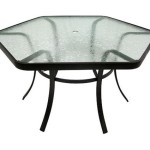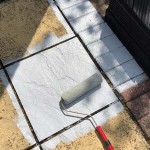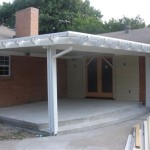Designing a Perfect Wood Patio Bench: Essential Aspects to Consider
A wood patio bench is a timeless outdoor element that enhances the aesthetics and functionality of any patio space. Whether you're creating a cozy seating area for conversations or a spot to enjoy the morning sun, there are several crucial aspects to consider when designing your perfect wood patio bench.
1. Material Selection: Choosing the Right Wood
The choice of wood for your patio bench plays a significant role in its durability, appearance, and maintenance requirements. Consider the following options:
- Hardwoods like teak, mahogany, and Ipe are naturally durable and resistant to rot and insects, making them ideal for outdoor use.
- Softwoods like pine, cedar, and redwood are less expensive but may require more maintenance, such as annual sealing or staining.
- Composite wood is a synthetic material that combines wood fibers with plastic, offering a blend of durability and low maintenance.
2. Design Considerations: Style, Comfort, and Functionality
The design of your wood patio bench should align with the overall aesthetic and purpose of your patio space. Consider the following:
- Style: Choose a bench style that complements the architectural style of your home and patio décor.
- Comfort: Ensure the bench provides adequate back and seat support for comfortable seating.
- Functionality: Determine if you need storage features, such as an integrated bench with a built-in table or drawers.
3. Dimensions and Proportions: Matching Your Space
The dimensions and proportions of your wood patio bench should fit harmoniously within your patio space. Consider the following:
- Bench length: Determine the ideal length to accommodate the number of people you want to seat comfortably.
- Bench height: Choose a height that allows users to sit and stand easily, typically around 18-24 inches.
- Bench depth: Ensure the bench is deep enough to provide ample support for the back, typically around 16-18 inches.
4. Construction Techniques: Ensuring Durability and Stability
The construction techniques used in building your wood patio bench determine its overall durability and stability. Consider the following:
- Joint types: Use strong joint types like mortise-and-tenon or dovetail joints to ensure the bench remains securely assembled.
- Wood treatments: Apply appropriate wood treatments, such as sealant or stain, to protect the wood from moisture damage, UV rays, and insects.
- Hardware: Use rust-resistant hardware, such as stainless steel or galvanized steel, for long-lasting performance.
5. Maintenance and Care: Ensuring Longevity
Regular maintenance and care help prolong the life of your wood patio bench. Consider the following:
- Cleaning: Clean the bench regularly with a mild soap and water solution to remove dirt and debris.
- Refinishing: Reapply sealant or stain as needed to protect the wood from the elements.
- Inspecting: Inspect the bench periodically for any signs of damage or deterioration, and address issues promptly.

Perfect Patio Combo Wooden Bench Plans With Built In End Table Pallet Furniture Outdoor Diy

15 Outdoor Bench Plans You Can Build This Weekend Bob Vila

Diy How To Build A Garden Bench Building Strong

Outdoor Wooden Bench Plans Modern House Decorating Design Ideas Wood

2 X 4 Classic Garden Park Bench Plans

22 Diy Garden Bench Ideas Free Plans For Outdoor Benches

40 Simple And Inviting Diy Outdoor Bench Ideas

Pool Bench Plan Wood Landscape Garden Patio Porch Deck Outdoor

How To Build A Garden Seat Buildeazy Diy Wood Bench Outdoor Wooden Benches

21 Gorgeous Easy Diy Benches Indoor Outdoor A Piece Of Rainbow








